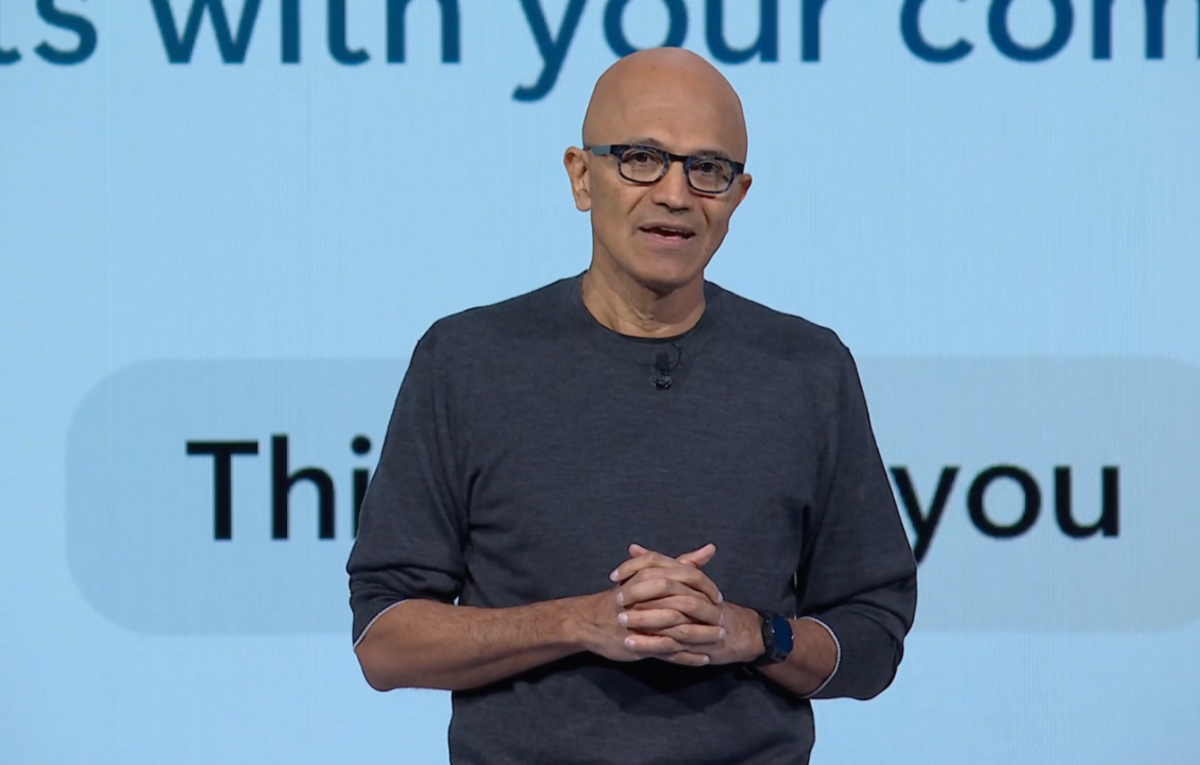Ring-Fencing Was a Good Idea That UK Banking No Longer Needs
(Bloomberg Opinion) -- UK banks want the government to abolish a key piece of post-financial crisis regulation that forces them to keep ordinary depositors’ money legally separate from their trading and investment-banking business. This uniquely British setup, known as ring-fencing, limits the kind of lending banks can do and raises their costs.
Well, most lenders don’t like it. Barclays Plc alone is happy with the rules, which may be because it is uniquely placed to benefit from any protections they afford. I was always a big supporter of the idea behind this separation, but I’m no longer convinced the setup achieves much at all — for depositors or for Barclays.
Ring-fencing is back in the news as the UK government looks desperately for anything that might stimulate investment and growth. The Bank of England is looking at ways to further relax their impact after having already made some changes in February. Big banks wrote to Britain’s finance minister, Rachel Reeves, last month saying the rules should be scrapped, and a string of executives from large and small banks gave more views in front of a parliamentary committee last week.
Vim Maru, chief executive officer of Barclays UK, reiterated the bank’s case that the cordon around retail deposits has boosted financial stability and trust in lenders. Other countries have seen banks stumble and fall in the past couple of years, he said, while the UK has been immune. “I think that is because we have ring-fencing,” Maru said.
Other big banks, like HSBC Holdings Plc and NatWest Group Plc, complained about the additional costs for IT services, reporting and governance (a ring-fenced subsidiary needs its own independent board of directors). Executives also claim it leaves them stuck with redundant cash.
“I really think that a review now, to try to recalibrate that so that you are putting more oxygen into the economy, would be timely,” Ian Stuart, CEO of HSBC UK, told the committee. He also pointed out that US investment banks with small retail brands are free to raise UK deposits and use them wherever in their investment banks they wish. Ring-fencing doesn’t apply until deposits exceed £35 billion ($47 billion), which rose from £25 billion in February.
So, Chase UK — the British digital brand of JPMorgan Chase & Co. — or Goldman Sachs Group Inc.’s Marcus can use ordinary people’s cash for “casino banking,” but Barclays, HSBC or NatWest can’t. In the context of JPMorgan’s massive balance sheet, UK deposits aren’t much, but they’re still a nice source of a little cheap money, and US lenders don’t need any more competitive help.
The ring-fencing threshold was raised to give small, local challenger banks and fintechs room to grow, but for them this isn’t the hurdle that hurts. Starling Bank Ltd. and peers such as Monzo Bank Ltd. are less hemmed in by lending restrictions and more by capital requirements that kick in sooner. The so-called MREL rules govern how much equity and loss-absorbing debt a bank must issue and start to apply when total assets reach £15 billion to £25 billion. Raman Bhatia, Starling CEO, told Parliament on Thursday that small lenders’ capital requirements can jump by up to two times at that point. This is a much lower boundary than in Europe, where MREL rules start applying to banks with assets of €60 billion ($68 billion) to €100 billion, according to industry executives.
If the ring fence isn’t a competition for challenger banks, it might be for JPMorgan’s Chase UK brand, which would need lending restrictions, an independent board and so on if it wanted to compete harder with Britain’s four big incumbents on their own turf.
Maybe that’s a benefit to Barclays. Its UK business is good but produces a lower return on risk-weighted assets than HSBC’s UK business, while also deploying more of its deposits into lending than HSBC. Still, if JPMorgan really saw value in taking on UK lenders, it could afford to go after market share with or without the ring fence.
The real value for Barclays might instead lie in the size of its investment bank, which is a much bigger proportion of the group than for peers. Trading and capital markets account for 56% of Barclays risk-weighted assets, although it has a target to get that down to 50%. At HSBC, the whole corporate and institutional unit, which is a broader business than straight investment banking, accounts for 46% of the balance sheet. At other UK lenders, the proportion is lower still.
So perhaps Barclays is more worried than rivals about testing depositor trust if they realized they were relatively more exposed to global financial markets. It’s possible, but I’m dubious it makes any difference. Inside the ring fence, retail deposits are mostly insured up to £85,000 — which could soon rise to £110,000. And that insurance is paid for by industry levies, not the taxpayer.
If ordinary people are aware of ring-fencing at all, they’ll be more aware of deposit insurance and the protection that gives them. If government or regulators really believe removing the ring fence increases the likelihood of bank runs, a sensible countermeasure could be to increase the scale of the deposit insurance fund to reassure people about the speed of recoveries if a big bank fails.
The final part of ring-fencing that really matters is the assurance it gives that a UK retail bank’s core services will continue to function if the larger group it’s part of gets into real trouble. But even that is also covered by the detailed resolution planning regime that banks must meet.
Ring-fencing was a good idea that has become redundant. Scrapping it won’t boost UK growth suddenly — it’ll take several years to pass and then implement the legislation, while banks will face another round of costs to restructure their businesses again. But it does just seem like a friction that no longer serves a purpose.
More From Bloomberg Opinion:
This column reflects the personal views of the author and does not necessarily reflect the opinion of the editorial board or Bloomberg LP and its owners.
Paul J. Davies is a Bloomberg Opinion columnist covering banking and finance. Previously, he was a reporter for the Wall Street Journal and the Financial Times.
More stories like this are available on bloomberg.com/opinion
©2025 Bloomberg L.P.








